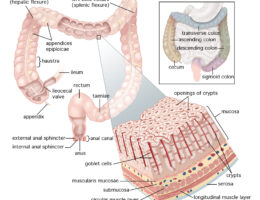Hair is a filamentous structure that grows from follicles in the skin of mammals. Here is a brief description of the labeled parts of a hair:
- Hair shaft: The visible part of the hair that extends above the surface of the skin.
- Hair follicle: The pocket in the skin from which the hair grows.
- Sebaceous gland: A small gland that is attached to the hair follicle and produces sebum, an oily substance that helps to lubricate the hair and skin.
- Arrector pili muscle: A small muscle that is attached to the hair follicle and is responsible for causing the hair to stand up when it contracts.
- Hair bulb: The rounded base of the hair follicle that contains the living cells responsible for producing the hair shaft.
- Papilla: A small, cone-shaped structure at the base of the hair bulb that contains blood vessels and nerves that supply nutrients to the hair.
- Matrix cells: The rapidly dividing cells at the base of the hair bulb that are responsible for producing the hair shaft.
- Cuticle: The outermost layer of the hair shaft, made up of overlapping scales that protect the inner layers of the hair.
- Cortex: The middle layer of the hair shaft, made up of keratin fibers that give the hair its strength and elasticity.
- Medulla: The innermost layer of the hair shaft, which contains soft, spongy cells.
These are the main labeled parts of a hair. The structure of hair can vary depending on factors such as hair type, color, and texture. Hair serves a variety of functions, including providing insulation, protection, and sensory information. In humans, hair is also an important aspect of appearance and can be styled and groomed in many different ways.






